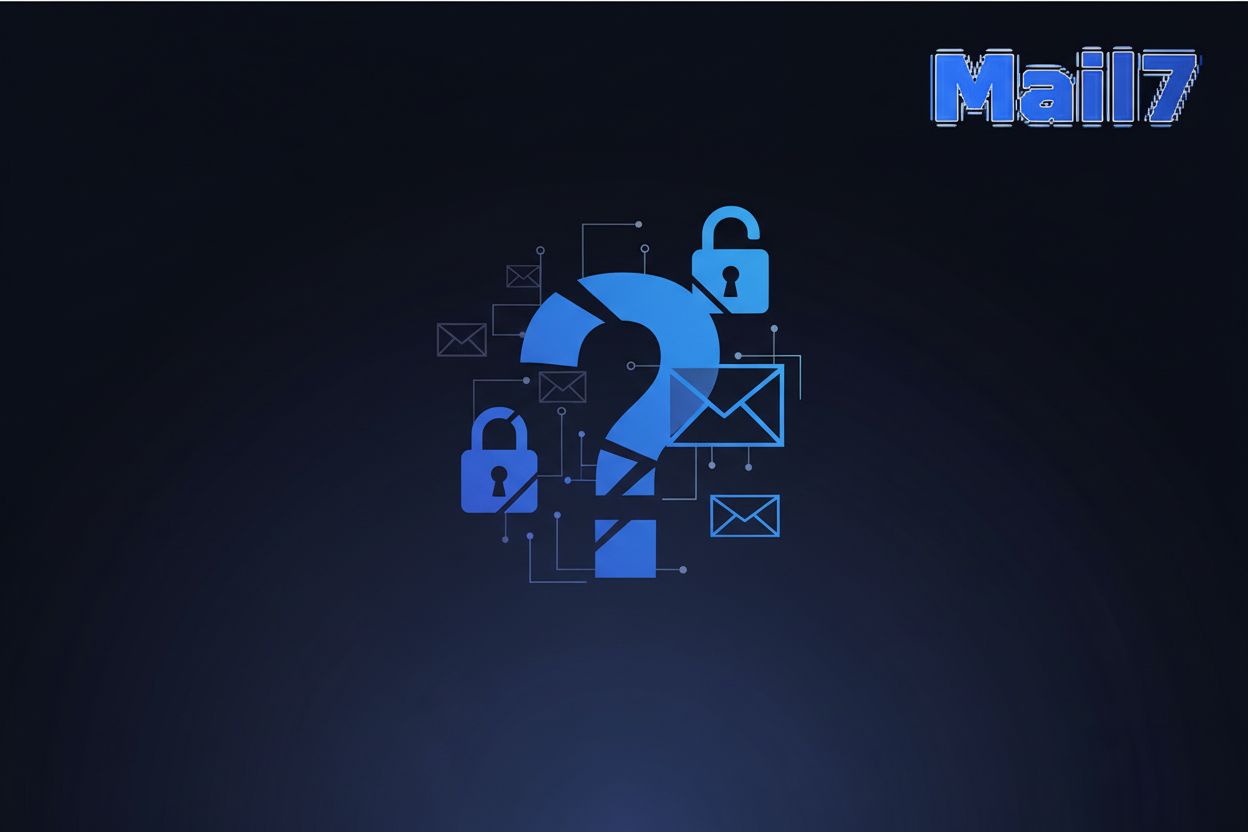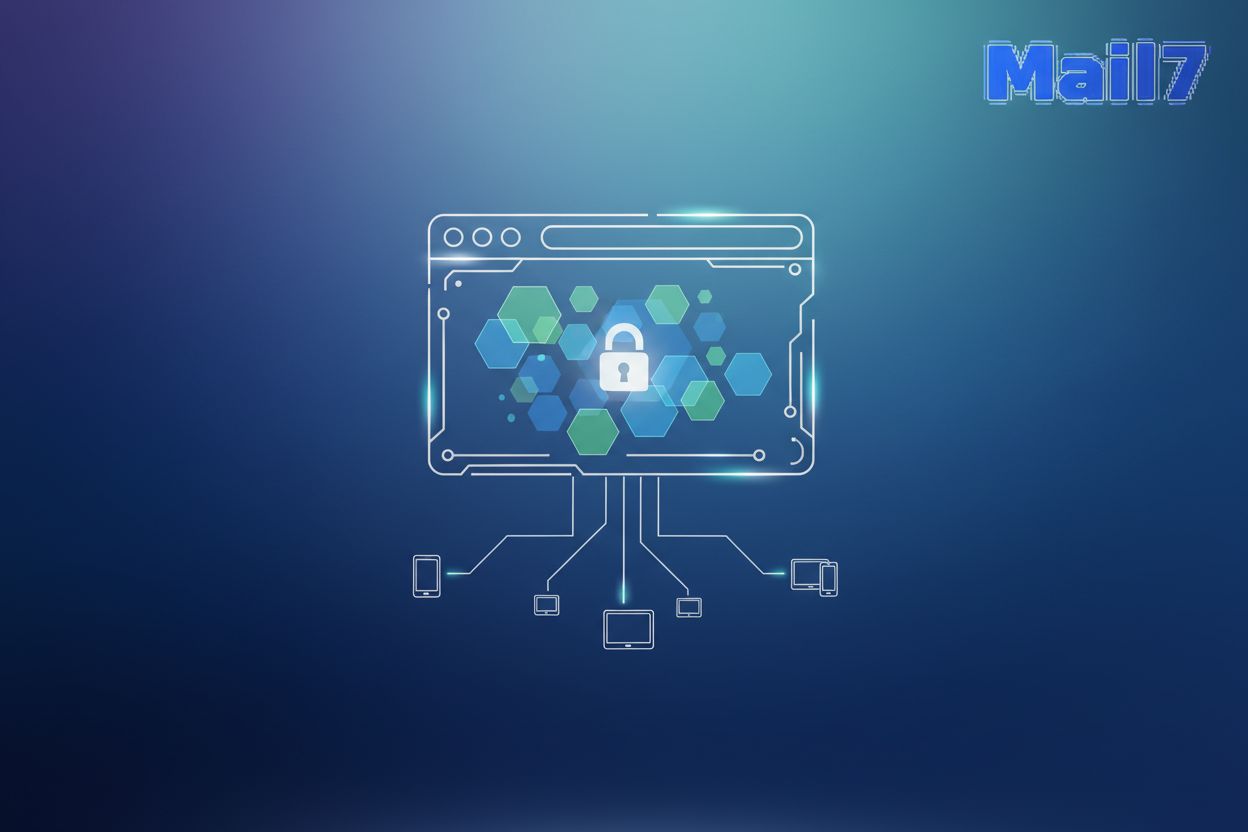Mastering Email Spoofing Detection Techniques A Developer's Guide
TL;DR
Understanding Email Spoofing The Basics for Developers
Email spoofing, huh? Ever wonder how those shady emails somehow make it past your spam filter? It's a trick, plain and simple.
Here's the lowdown for us developers:
- It's all about faking the "From" address. Think of it like a digital disguise, spoofers change the sender info so it looks legit.
- Spoofing ain't phishing, but they're often pals. Spoofing just hides the sender; phishing tries to steal your data, as Proofpoint US explains.
- The impact? Could be anything from malware to financial fraud. Not good, obviously.
The magic behind spoofing often happens at the SMTP (Simple Mail Transfer Protocol) level. When an email is sent, the SMTP protocol doesn't inherently verify the sender's address. It's like sending a letter with just a return address written on it – the postal service doesn't typically check if that address is really yours. A spoofer can simply craft an email with a forged "MAIL FROM" or "From:" header, and many mail servers, if not properly configured, will accept it at face value. Misconfigurations in mail server settings or even vulnerabilities in older email systems can be exploited to allow these forged addresses to pass through.
Basically, they exploit weaknesses in how email's sent. Next up, we will dig into the technical deets to see how it all works.
Identifying Spoofed Emails Key Indicators
Okay, so you wanna spot those sneaky spoofed emails? it's trickier than you think, but here's a few things to keep an eye out for, cause you know, better safe than sorry.
Email Headers: Dig into those headers, they're like the email's passport. Check the 'Received' headers to see it's journey, make sure nothing looks outta place. Look for discrepancies between the originating IP address and the claimed sender domain.
Content is King (or Not): Does the email sounds urgent? Threatening, even? Watch out for generic greetings – like, "Dear Customer" instead of your actual name. Also, bad grammar and spelling are big clues.
Links and attachments: When analyzing links, check the URL structure carefully. Does it match the purported sender's domain? Look for subtle misspellings or unusual subdomains. For attachments, examine file types and metadata for anything suspicious or unexpected. A PDF from a known vendor that suddenly has a
.exeextension is a red flag.
There's some handy online tools that can help you verify emails. You can use email header analyzers, and ip lookup services to check the sender's reputation. Plus, reverse image search can help spot fake logos.
So, what's next? Well, now that you know how to spot 'em, let's talk about how to block them in the first place.
Implementing Anti-Spoofing Protocols A Developer's Checklist
Alright, so you're blocking spoofed emails, huh? It's kinda like setting up digital bouncers for your inbox, making sure only the real folks get in.
Implementing these protocols is like a three-layered defense system. You got SPF (Sender Policy Framework), DKIM (DomainKeys Identified Mail), and DMARC (Domain-based Message Authentication, Reporting & Conformance). Think of it as a digital handshake to verify the sender is who they say they are.
Here's your developer's checklist:
SPF (Sender Policy Framework):
- Action: Create a TXT record in your domain's DNS settings.
- Details: This record lists the IP addresses or hostnames of mail servers authorized to send email on behalf of your domain. A common syntax looks like
v=spf1 mx ip4:192.168.1.1 include:_spf.google.com ~all. - Common Pitfalls: Too many lookups (exceeding the 10-lookup limit), incorrect IP addresses, or using a too-strict
-allmechanism before thorough testing.
DKIM (DomainKeys Identified Mail):
- Action: Generate a public/private key pair.
- Details: Publish the public key as a TXT record in your DNS (e.g.,
selector._domainkey.yourdomain.com). Configure your outgoing mail server to sign emails with the corresponding private key. - Common Pitfalls: Incorrectly formatted DNS records, mismatched keys, or mail servers not properly configured to sign.
DMARC (Domain-based Message Authentication, Reporting & Conformance):
- Action: Create a TXT record in your domain's DNS settings.
- Details: This record specifies how receiving mail servers should handle emails that fail SPF and DKIM checks, and where to send reports. A basic record might look like
v=DMARC1; p=quarantine; rua=mailto:[email protected]. - Common Pitfalls: Setting a
rejectpolicy too early, not monitoring reports, or incorrect alignment settings (ensuring the domain in the 'From' header matches the domain authenticated by SPF/DKIM).
For example, a healthcare provider might use DMARC with a quarantine policy for most emails, but a stricter reject policy for emails claiming to be from their patient portal, ensuring sensitive data isn't compromised by spoofed messages. A retail company could use DMARC to ensure order confirmations are legitimate, preventing customers from being tricked by fake shipping notifications. A finance firm might employ DMARC with a reject policy for all outgoing emails to guarantee that transaction alerts and account updates are undeniably authentic.
As mentioned earlier, implementing these protocols is crucial. Now, let's dive into the developer's checklist to get this done right.
Advanced Detection Techniques and Technologies
Advanced detection, huh? It's like giving your email security system a serious upgrade - lets see how it's done.
Leveraging machine learning (ml) can spot unusual email patterns. Think of it like this: ai can learn what normal looks like for your email traffic and flags anything that's outta the ordinary. This includes analyzing sender reputation, email content, and even sending behavior.
Training models helps recognize spoofing indicators. It's like teaching a dog to sniff out trouble, but instead of treats, you're feeding it data about dodgy email headers and content. The more data, the smarter the model gets at spotting subtle anomalies.
Integrating threat intelligence feeds is also key. You're basically subscribing to a service that tells you about known bad guys on the internet, and then your system automatically blocks 'em. This keeps you updated on the latest tactics and malicious actors.
So, what's next? Time to look at how to keep those pesky emails out for good.
Email Testing and Validation Strategies
Email security testing: it's not just about firewalls and fancy software, you know? It's about making sure your defenses actually work against sneaky spoofing attacks.
You can simulate spoofing attacks in a safe test environment. Think of it like a digital war game where you try to break your own system to see where the weaknesses are. This helps you proactively identify vulnerabilities before real attackers do.
validating email authentication settings is crucial. You gotta check if SPF, DKIM, and dmarc are configured correctly and are, like, actually doing their job. This means regularly verifying your DNS records and testing email delivery to various providers.
Automating these tests is key for continuous monitoring. Set up scripts to regularly check your email security settings and alert you if anything goes wrong. This ensures your defenses stay robust over time.
So, what's next? Let's dive into how to keep those pesky emails out for good, which is monitoring and incident response.
Staying Ahead of Email Spoofing Trends and Best Practices
Email spoofing ain't goin' anywhere, is it? Staying sharp is key to dodge those digital tricksters.
- Stay Updated on RFCs and Standards: Keep an eye on new and updated RFCs related to email authentication and security. These documents often detail emerging threats and best practices.
- Regularly Review Security Logs: Don't just set it and forget it. Regularly audit your mail server logs and DMARC reports for any suspicious patterns or failed authentication attempts.
- Participate in Developer Communities: Engage with other developers and security professionals in forums or mailing lists focused on email security. Sharing knowledge and experiences can be invaluable.
- Implement Automated Alerts: Set up alerts for critical configuration changes to your DNS records or mail server settings. This can help you quickly detect unauthorized modifications.
- Test Your Implementations Periodically: Even with automated checks, conduct periodic manual penetration tests or simulated attacks to ensure your defenses remain effective against evolving spoofing techniques.
Now, keep your eyes peeled for the next threat, alright?









